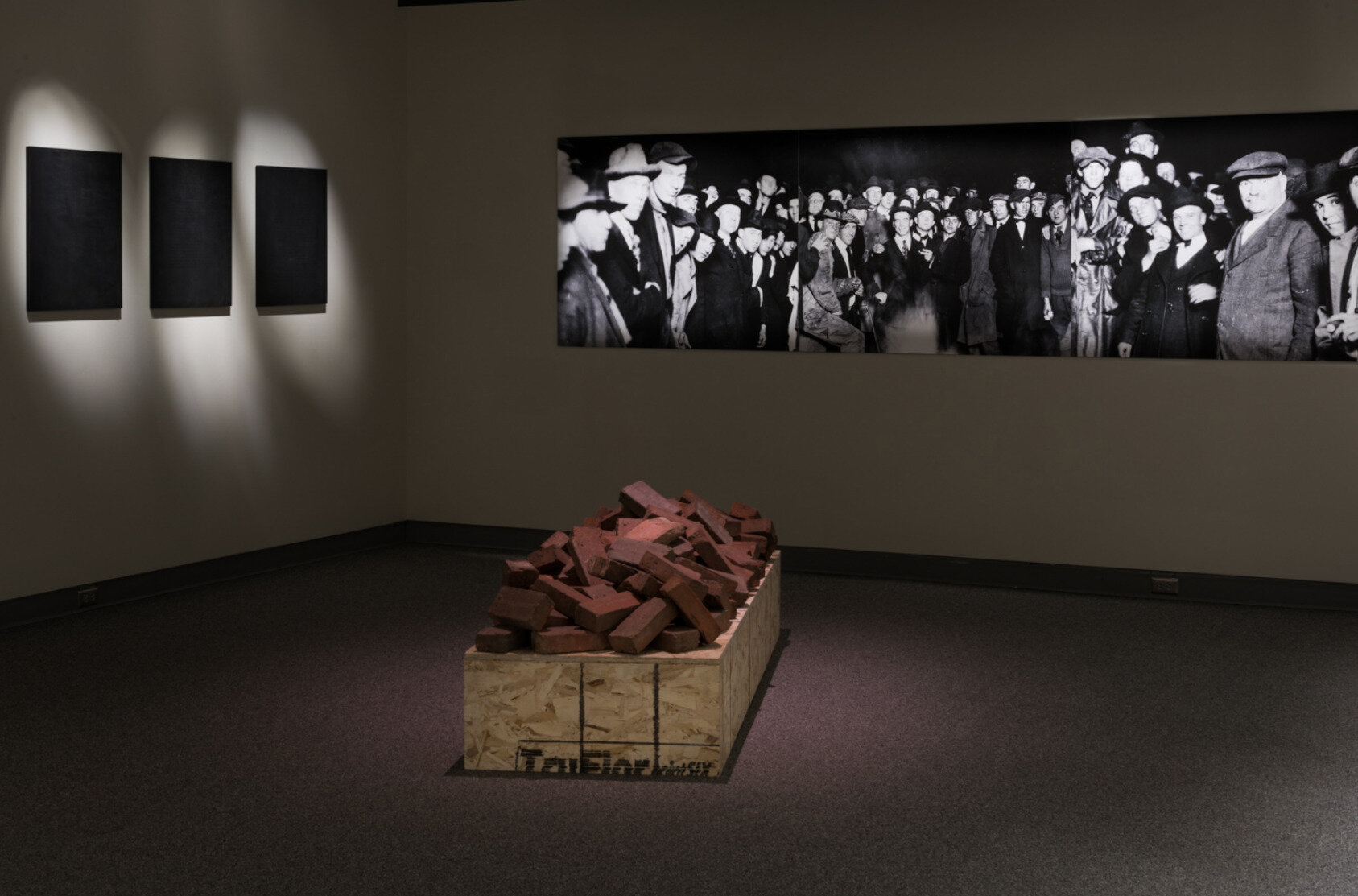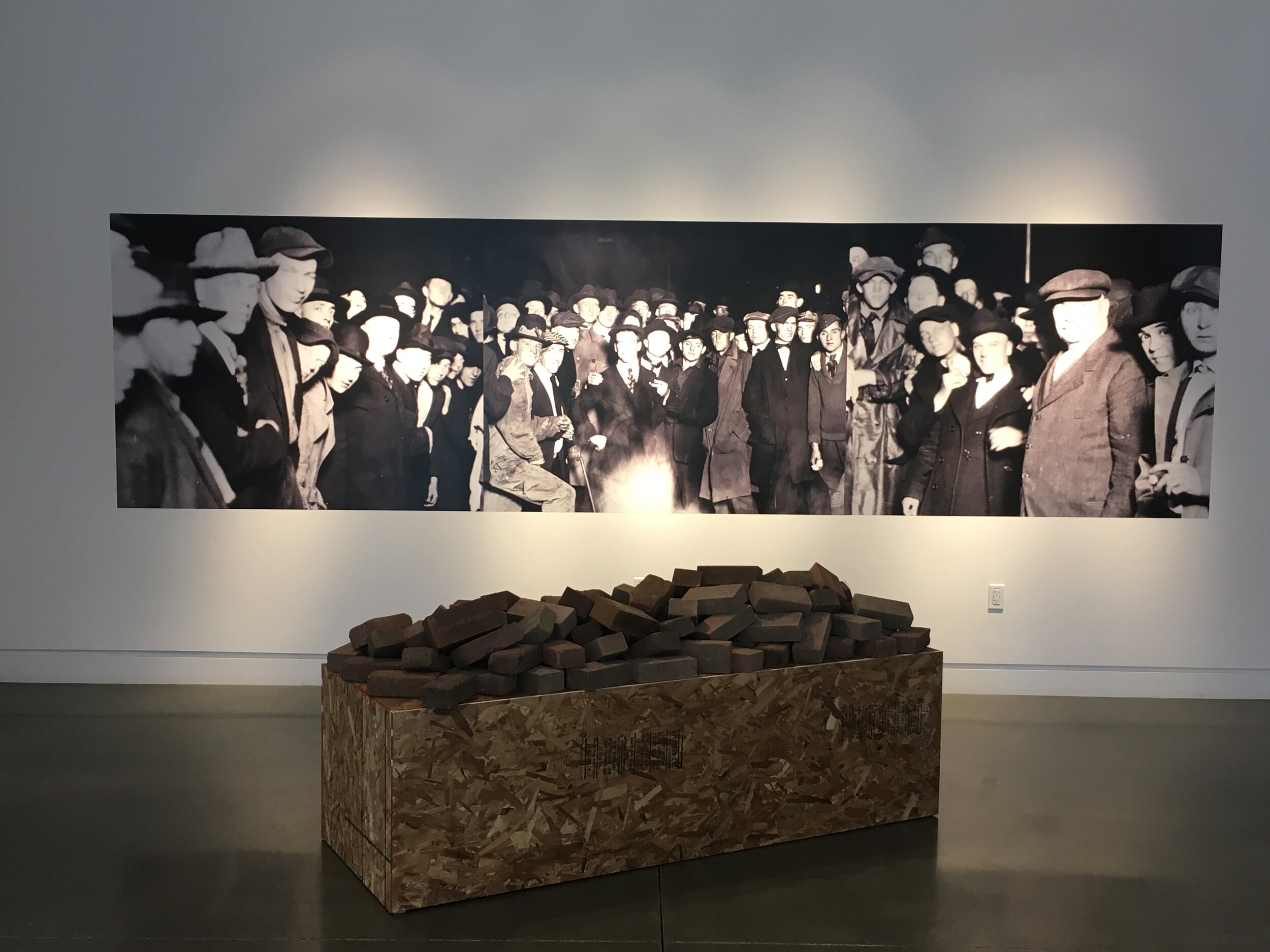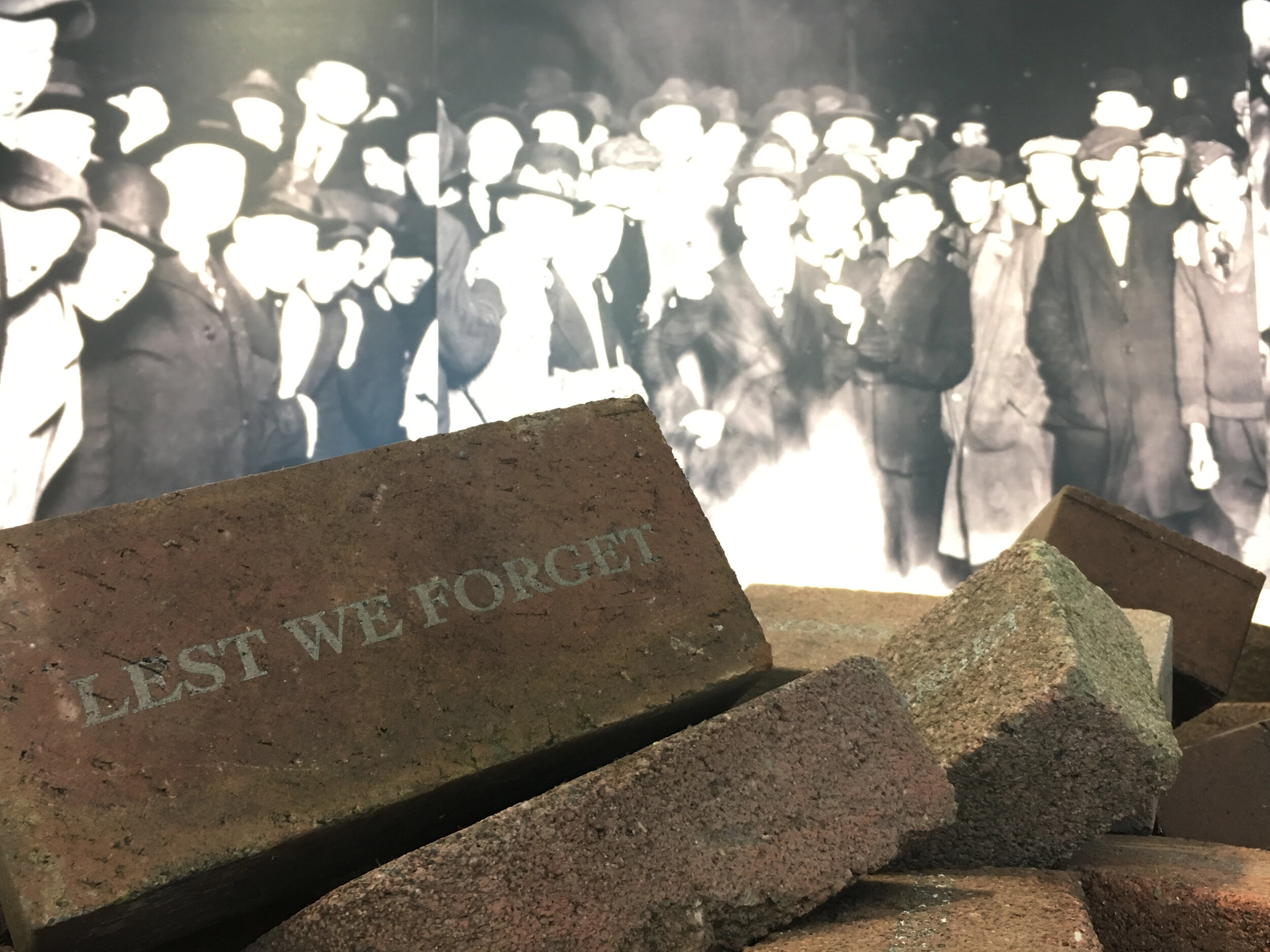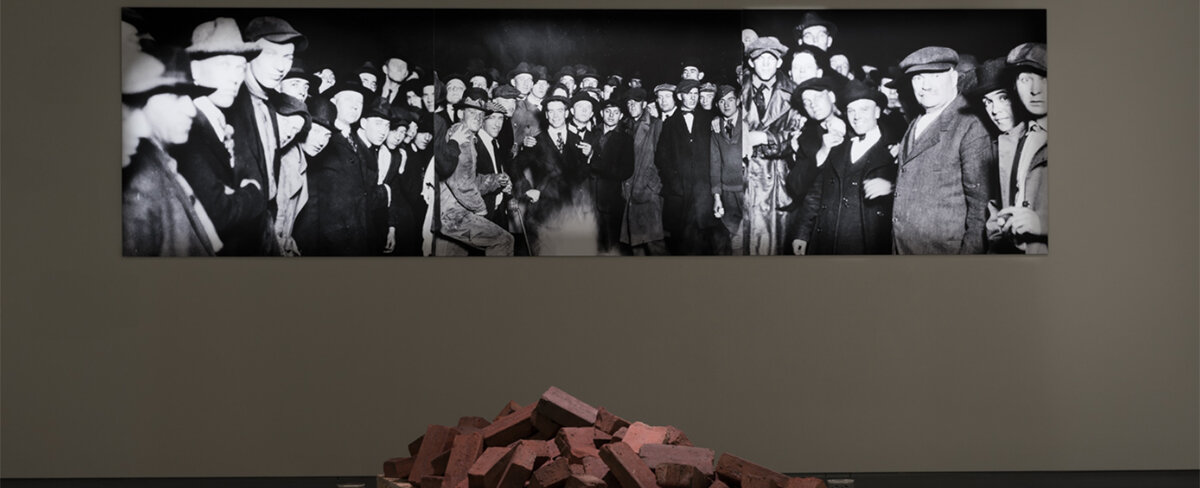Zora J. Murff: Remaking the Mark
July 5, 2018 – October 28, 2018
Desai | Matta Gallery
At this juncture in American history it’s hard to imagine the person, whether 5 or 85, who has not seen media coverage of the deadly violence of police brutality, cutting short the lives of African American drivers pulled over for routine traffic stops, or adolescents—barely out of childhood—playing in the playground. These deaths are the present-day expression of a long history of racial violence in this country, a history we in the North and West prefer to associate with the Southern institution of slavery and its offspring, Jim Crow. These, argues artist Zora J Murff citing the work of sociologist Rob Nixon, are forms of fast violence, and shape the way he moves his Black male body through the landscape.
Less talked about are the slow violences of institutional racism, felt most profoundly in housing policy and a broad range of inequalities that cascade from vivid red lines drawn on real estate maps—common practice all over this country, including San Francisco—that determined who would live where, have access to which schools, and eat food from what markets.
In this exhibition, which includes two ongoing projects, A Lineage (An Erasure), and At No Point In Between, Zora J Murff engages a painful poetics to explore the relationship between fast and slow violence, and reinterprets existing narratives of race, violence, and power. The centerpiece of the exhibition pairs archival images from spectators of a lynching, with a casket-like installation of a plinth fabricated from construction materials mounded with 98 bricks laser-etched with the text, Lest We Forget. Ninety-eight marks the number of years that have passed since the 1919 lynching of Will Brown in Omaha, Nebraska. In this way Zora connects the destructive legacy of government-endorsed discriminatory housing policies in North Omaha, a historically Black neighborhood, with the public spectacle of lynching. The images presented here are informed by the critical work of scholars like UC Berkeley professor Leigh Raiford, whose Imprisoned in a Luminous Glare points to the instability of lynching photographs—used first to celebrate and later to repudiate the gross inhumanity of this practice. Zora’s work is timely and critically important, coming in the midst of incredible work by scholars, artists, and activists, and on the heels of the recent unveiling of the Equal Justice Initiative’s memorial to the victims of lynching.
Zora J Murff is a Visiting Assistant Professor of Photography at the University of Arkansas. Zora received his MFA in Studio Art from the University of Nebraska–Lincoln and holds a BS in Psychology from Iowa State University. Combining his education in human services and art, Zora’s photography focuses on how images are used to reinforce social and cultural constructs including race and criminality. His work has been exhibited nationally, internationally, and featured online.
Deirdre Visser
Curator, The Arts at CIIS
“Why don’t all the Negroes in the South move North?” I tried to explain what has happened, unfailingly, whenever a significant body of Negroes move North. They do not escape jim crow (sic): they merely encounter another, not-less-deadly variety. They do not move to Chicago, they move
to the South Side; they do not move to New York, they move to Harlem.
~ James Baldwin, from 5th Avenue, Uptown (July 1960)





